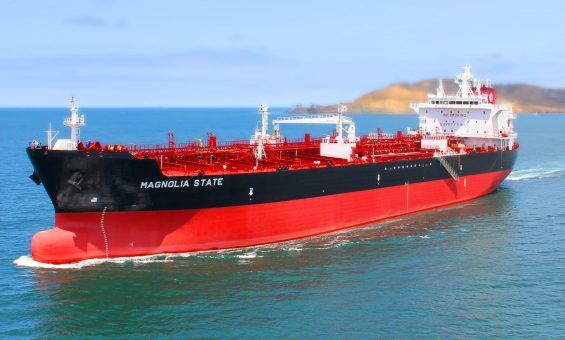The top five importers of gas from the United States in 2022 were Mexico, France, the United Kingdom, Spain and the Netherlands, according to data from the Department of Commerce (DOC).
After Mexico, whose imports from the United States were $11.642 billion in 2022 (+6% year-over-year), four European countries ranked as the top foreign markets for U.S. gas.
The European Union announced plans to increase LNG imports to reduce its dependence on Russian natural gas.
From the United States, France imported gas with a customs value of US$7,576 million (+476%), the United Kingdom (+6,256%) Spain (+5,206) and the Netherlands (4,472 percent).
Although increasing the supply of fossil fuels helps to alleviate energy shortages, it makes it more difficult to achieve climate change goals.
Although some countries have announced intentions to boost energy production from renewable sources or to reactivate or expand nuclear power plants, these projects are slow to materialize.
Historically, natural gas markets have tended to be regional in terms of both production and consumption and prices.
In North America, natural gas has typically been transported by pipeline between Canada, the United States and Mexico.
Gas
Similarly, in Europe, most natural gas has until recently been transported by pipeline from major producers, such as Norway and Russia, to consuming countries across the continent.
In Asia, by contrast, a greater proportion of natural gas has been transported as liquefied natural gas (LNG), with Japan and the Republic of Korea being the two largest consumers.
Pricing structures vary widely by market.
According to the World Bank, for pipeline gas, prices can be set through open market mechanisms similar to those used in oil markets, or through direct negotiations between buyers and sellers.
In some markets, prices are regulated.
In contrast, LNG contracts tend to be longer-term and indexed to the cost of feed gas, to the floating price in the destination market, or indexed to oil or other commodities.
In the United States and the European Union, gas supply and demand conditions help set prices at trading hubs, such as Henry Hub in the United States and TTF (Title Transfer Facility) in the Netherlands.
In Central and Southern Europe and Asia, natural gas prices are often indexed to those of oil (and occasionally to those of other energies, such as coal).
While gas production has increased rapidly elsewhere, especially in Qatar, Australia and China, the United States became the world’s largest exporter at the end of 2021, unseating Qatar and Australia.
![]()

